
Qigong Radio with Dan Kleiman
DanKleiman.com
At Qigong Radio, we believe that you can build your natural energetic reserves through daily movement practice. We talk shop with teachers and practitioners of all levels of Tai Chi and qigong.
- 39 minutes 20 secondsOuter Dissolving and the Role of the Mind in Standing Qigong
Next month, we'll be starting a new Energy Gates course at Brookline Tai Chi, focused on Outer Dissolving and working through the Gates of the body.
When you work on dissolving the gates, you will inevitably be fighting the urge to:
- visualize instead of feel
- "chase" energetic releases, untethered from the physical body
- wonder if you are really feeling anything at all
In this episode of Qigong Radio, I'll give my recommendations for avoiding these pitfalls and for setting up the conditions for actual energetic resolution.
If you'll indulge me, I'll even share one of my favorite passages from Moby Dick and tell you why I think it's a perfect description of standing qigong.
Here we go!
30 December 2013, 3:33 pm - 1 hour 4 minutesEpisode 21: Training Xingyi's Five Element with Isaac Kamins
As you know from other episodes of Qigong Radio and other interviews, I always try to track down authoritative sources when I want to learn more about a subject and share it with you.
Now that my teacher Bruce Frantzis is releasing two more DVD sets on Xingyi’s Five Elements, I wanted to talk to someone about these practices.
To the best of my knowledge, Isaac Kamins is the only person actively teaching the Energy Arts Xingyi curriculum who also trained with Bruce Frantzis in weekly classes for several years in the Bay Area in the 90′s.
Isaac has shared his deep knowledge of the Energy Arts system in past episodes of Qigong Radio and I think you’ll find that he doesn’t hold back on his training insights in this one.
We discuss:
- The unique way Xingyi forges a strong mind-body connection.
- How the 5 Elements are manifested in the simple, repetitive forms of Xingyi’s 5 Fists — and how this gives you a direct experience of Water, Earth, Metal, Fire, and Wood.
- What it was like to go through the entire 5 Element cycle with Bruce three different times, each time over a two-year period.
- How, even if you don’t “major” in Xingyi, you can gain insight into Tai Chi, Bagua, or even qigong, with the direct, experiential quality of 5 element practice.
Be sure to visit http://dankleiman.com/?p=4959 for a free Xingyi practice download!
31 October 2013, 3:27 pm - 55 minutesEpisode 20: Chasing Secrets and Shortcuts in Taoist Energy Arts
When you set out to learn Taoist Energy Arts like Tai Chi, qigong, or meditation, you come across the lore of masters with supernatural abilities or techniques too deadly to teach openly.
Or more insidious, we grasp after images of unattainable perfection, always slightly beyond reach, unless we just find the right technique or are initiated into a secret practice.
And even if we’ve given up silly kung fu fantasies of flying through the bamboo reeds, on a subtle level we still chase ideas and dreams that only live in the mental realm.
The reality – and I’m not trying to disappoint you, but stay with me because the reality is deeply rewarding, meaningful, and rich too – is that Taoist Energy Arts must be lived-through and practiced-through to be truly discovered.
In this episode of Qigong Radio, Paul Cavel and I explore the disconnect you can sometimes feel in the day-to-day of your practice and the idea of where you ought to be in your practice – it’s not because you must be a chosen one or special to get it, but rather, because you can't directly perceive or experience energy when you operate solely on the mental realm.
We’ll give you some guidelines for how to recognize when you slip back into the mental realm of fantasy practice and talk about the struggles, as a student and as a teacher, of communicating your practice experience.
Paul also shares specific neigong techniques that will keep you present, engaged, and help you cultivate a direct experience of your natural internal energy, that can be applied to any energy practice.
Enjoy!
23 October 2013, 8:16 pm - 51 minutes 9 secondsEpisode 19: The Essential Elements of Tai Chi Balance Training
In this episode of Qigong Radio, Don Miller and I explore the essential elements of Tai Chi Balance Training.
As you probably know, Tai Chi is being used more and more for falls prevention programs for the elderly and becoming a mainstream part of the Western medical vocabulary.
But what are the actual elements that make up a great Tai Chi balance training program?
How can you use them for your own well-being?
How do you share Tai Chi balance training with your friends and family?
Here are our thoughts on:
- Ways to develop “Root” that make you more stable and relaxed
- Finding “Central Equilibrium” for more integrated movement
- The psychological dimensions of Tai Chi practice, and how you can sneak up on them by improving your body awareness
- The deep satisfaction that comes from literally connecting to the Earth
We explore student experiences, roadblocks, and concerns as well as giving you practical tidbits to play with while you listen.
18 July 2013, 5:43 pm - 29 minutes 13 secondsEpisode 18: The 8 Active Ingredients of Tai Chi with Dr. Peter Wayne
In his new book, the Harvard Medical School Guide to Tai Chi, Dr. Peter Wayne lays out the "8 Active Ingredients of Tai Chi" to help us understand the interface between traditional Tai Chi practice and the Western biomedical paradigm.
As the Research Director of the Osher Center for Integrative Medicine, jointly based at Brigham and Women's Hospital and Harvard Medical School, and the founder of the Tree of Life Tai Chi Center, Peter blends more than three decades of teaching experience with ongoing inquiry into what makes Tai Chi an effective medical intervention.
In this episode of Qigong Radio, we explore the development of the 8 Active Ingredients and how help translate Tai Chi into a Western context
The 8 Active Ingredients of Tai Chi are:
- Awareness, Mindfulness, Focused Attention
- Intention, Belief, Expectation
- Dynamic Structural Integration
- Active Relaxation of Mind and Body
- Aerobic Exercise, Musculoskeletal Strengthening, and Flexibility
- Natural, Freer Breathing
- Social Interaction and Community
- Embodied Spirituality, Philosophy, and Ritual
30 May 2013, 3:03 pm - 25 minutes 8 secondsEpisode 17: Discovering Intrinsic Practice Motivation
For the last couple of years, I've been teaching regular workshops in Farmington, Maine. When I went up again last week, I had a fascinating conversation with one of the students. She was telling me how the core group had been coming along and that other people have come in and out of practicing with them. She said, "you know, it's not really for everyone."
Now, I don't know if that jumps out at you as a significant statement, but as a Tai Chi teacher, it's something I've been thinking about for years.
In this one casual statement, she was really saying that her motivation to practice now comes from inside of herself. Along with a small group of dedicated classmates, she gets everything she needs from the practice itself.
That's a remarkable attitude. Every day, we get bombarded by messages that tell us to buy something to become something or fit in with other people. To be able to have a practice that lives inside of you, that's validated by performing it for yourself, and grows because you feed it with energy and time, is really incredible.
In this episode of Qigong Radio, we're going to talk about how you discover your intrinsic motivation to practice.
Let me know what you think!
18 April 2013, 1:34 pm - 46 minutes 59 secondsEpisode 16: 3 Layers of Neigong Practice and Taoist Meditation with Paul Cavel
In this episode of Qigong Radio, Energy Arts Senior Instructor Paul Cavel explains the 3 different layers of neigong practice:
- Beginner or Foundational Practices -- Dragon and Tiger, Opening the Energy Gates, and Heaven and Earth
- Intermediate or Power-Production Practices -- Spiraling Energy Body and Bend the Bow
- Advanced or Integration Practices -- Gods Playing in the Clouds
Paul explains what to focus on at each level and how your learning spiral takes you back through them over time.
I found Paul's explanation of the relationships between the sets particularly useful. Specifically, understanding Energy Gates as direct preparation for Spiraling -- first you clear the downward flow of chi, then you strengthen the upward flow. Similarly, in Heaven and Earth you learn to expand the body (through opening/closing the joints and lengthening the soft tissue) before you really go into deep internal compression in Bend the Bow.
As we discussed the meaning of "integration," Paul explained how neigong is the basis for Taoist meditation and where neigong shows up inside your meditation practice.
29 January 2013, 10:00 am - 23 minutes 34 secondsEpisode 15: Common Sensations That Arise When You Are Developing Chi
In this episode of Qigong Radio, I answer some questions about different sensations readers have been experiencing when they practice.
In the Dragon and Tiger Medical Qigong Instruction Manual, Bruce Frantzis lays out important guidelines for what kinds of "chi reactions" to expect. I want to show you how to apply these guidelines to your practice.
Expect Chi ReactionsDragon and Tiger is a powerful tool for awakening your body on physical, energetic, emotional, mental and spiritual levels. As you practice these movements and begin to move your body in ways that may be different for you, energy and fluids in your body are stirred up and begin to move more vigorously. At some point you may experience reactions that may seem either positive or negative to you. These are called chi reactions: the body’s response to the effects of energy beginning to flow more freely through previously blocked places.
These reactions may show up immediately, hours after practicing, or even a day or two later. Although many people will not begin to feel either negative or positive reactions without practicing a lot, others, particularly if they have done other forms of personal development work, may notice reactions almost immediately.
Positive Chi Reactions
Positive reactions can range from feeling less pain and having more energy to being more centered, relaxed and comfortable with your body. Some people report that they sleep much better; others report greater flexibility and balance. You may also notice that you are calmer and have fewer mood swings. You may experience an overall reduction in stress and tension.
A transformative effect that most people consider positive, is an increase in and awareness of sexual energy. This is entirely normal as it is the most fundamental energy in your body, and practice of Dragon and Tiger will increase sexual energy. Finally, a transformative effect that confuses many people is what we call “good pain.”
Dragon and Tiger is designed to gradually work more and more deeply into your body, to release muscles and other tissues and joints that have been restricted or blocked. When an area of your body that has been frozen begins to loosen and realign, more energy moves through that area than you are used to. But if the energy cannot flow freely or fully, you may experience temporary pain in the area.
The Chinese medical theory of the body holds that pain in an area is a sign that the energy there is not flowing freely. You feel “bad” pain when an area is newly injured or hurt. In general, “good” pains tend to be temporary (lasting from a minute to at most a couple of days) and are usually dull, rather than sharp. As you practice you will learn to recognize such pains as signs of progress. Treat them with great care and keep within the 40 to 50 percent rule when you have pain, illness or injury (see p. 7). Back off practicing and be sure to consult your healthcare provider if you begin experiencing either significant pain or pain that does not go away quickly.
Negative Chi Reactions
As your body wakes up on various levels, it may do so the same way as when aroused from a deep slumber —cranky, sore and confused. You may experience some negative chi reactions. These can range from relatively mild but confusing aches, nausea, light-headedness, tingles, fatigue, unsteadiness, body temperature shifts or mood changes to strong emotional releases and mood swings to unusual dreams or shifts in perception. You may also experience physical discharges, such as stronger body odors or more frequent bowel movements.
As blocked and stagnant energy moves or leaves the body, energetic memories that are associated with the problem, stored in either your energy channels or physical tissue can awaken and cause you to relive the underlying and often repressed causes of the problem—especially if you have a severe condition.
You might experience what doctors refer to as a “healing crisis.” The term refers to that time during healing when a patient’s body temporarily feels worse before it feels better. For example, when the body burns out infections, the patient often has a high fever. When the fever breaks, the symptoms of the disease pass. The fever may cause the patient to feel terrible, until the stored toxins or blocked energy are released. Afterwards the individual feels better as the illness passes.
All these reactions are common to many natural forms of healing and are often a sign that your body is cleansing itself. Many people have a healing crisis when they fast or switch to a cleansing or vegetarian diet. The practice of Dragon and Tiger may often trigger such effects; they are fairly normal reactions. What is important to remember is that these reactions are temporary and usually pass when your body begins to rebalance itself.
If you begin to experience strong or uncomfortable sensations, immediately sit down, put your hands on your belly and gently breathe with your belly to ground and center yourself. Such sensations will usually pass within minutes. Then suspend or reduce your practice for a while. Start again by following the 20 percent or 40 percent rule and very gently explore your body’s reactions to these practices. Remember that you are not alone in such experiences; almost everyone who practices will experience some of these reactions at some time.
If the symptoms are intense, pull back your practice to 30 percent or 40 percent of what you consider your normal practice and consult with your teacher. Remember to drink plenty of water. Water helps accelerate the release of toxins. Taking some vitamin C also helps that process. Make sure you rest after practicing. Be sure to consult a healthcare professional immediately if you have any symptoms that might be a sign of a medical or psychological problem.
Listen to the episode to find out how to apply this principles to rising energy, activating the lower tantien, and differentiating between nerve flow, blood flood, and normal physical movement.
13 January 2013, 2:29 pm - 34 minutes 13 secondsEpisode 14: Bend the Bow Spinal Qigong with Eric Peters
In this episode of Qigong Radio, Energy Arts Senior Instructor Eric Peters describes what it's like to work with the energy of the spine, using Bend the Bow Spinal Qigong.
Bend the Bow is an advanced qigong set that requires precise alignment and refined sensitivity, but it gives you access to a much deeper level of internal connection and coordination than standard ways of moving your body through space.
Once you download or listen to the episode below, you might also want to check out the description of Bend the Bow Spinal Qigong on EnergyArts.com.
Be sure to check out Eric's Bend the Bow workshop, December 1 and 2, 2012 at Brookline Tai Chi.
12 November 2012, 5:16 pm - 29 minutes 58 secondsTransforming Conflict with Tai Chi
At the center of Tai Chi practice, you cultivate your ability to listen — to your own internal state, to the energy of other people, and to the world around you.
When it comes to interaction, and intense interaction like conflict, your internal state matters.
The very first lesson you learn in Tai Chi Push Hands is that the outcome of an interaction is determined by your reaction, your internal state — whether you manifest tension or relaxation.
In this episode of Qigong Radio, we explore the different dimensions of this “law of interaction.”
Taking responsibility for the outcome of a situation by owning how you respond is a challenging idea, but the payoff is huge and maybe even transformational.
24 September 2012, 8:00 am - 54 minutes 15 secondsEpisode 12: Tai Chi Equipment Training with Don Ethan Miller
As you cultivate the mind-body benefits of Tai Chi, you will likely focus on solo training and interactive two-person practices like Pushing Hands.
There's a third kind of Tai Chi training, though, that will make the link between the other two stronger, Tai Chi Equipment Training.
Using stones, balls, disks, belts, and other objects you find in nature, you can develop important attributes of the Tai Chi body and mind.
Renown teacher and multiple-time national Push Hands champion Don Ethan Miller explains how to go about using objects to enhance your training in this episode.
27 August 2012, 9:00 am - More Episodes? Get the App
Your feedback is valuable to us. Should you encounter any bugs, glitches, lack of functionality or other problems, please email us on [email protected] or join Moon.FM Telegram Group where you can talk directly to the dev team who are happy to answer any queries.
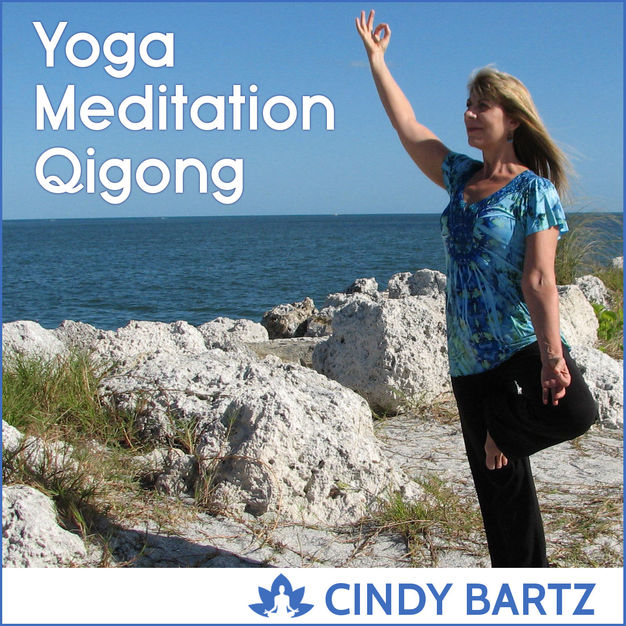 Yoga, Meditation & Qigong
Yoga, Meditation & Qigong
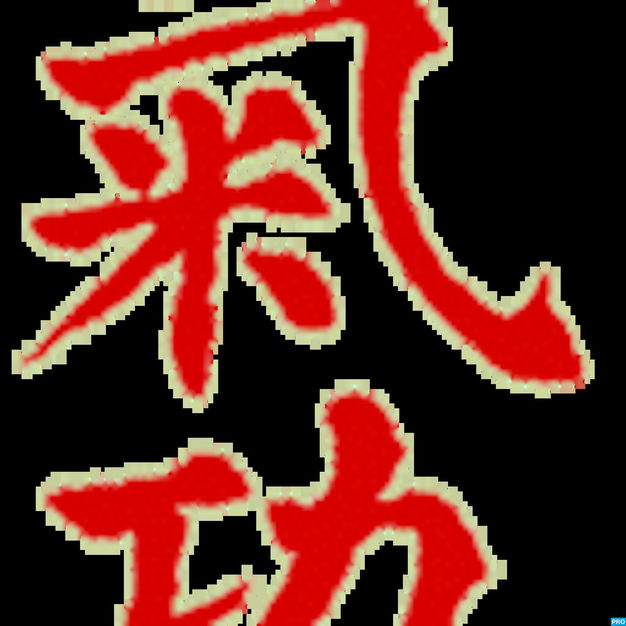 Qigong and Tai Chi
Qigong and Tai Chi
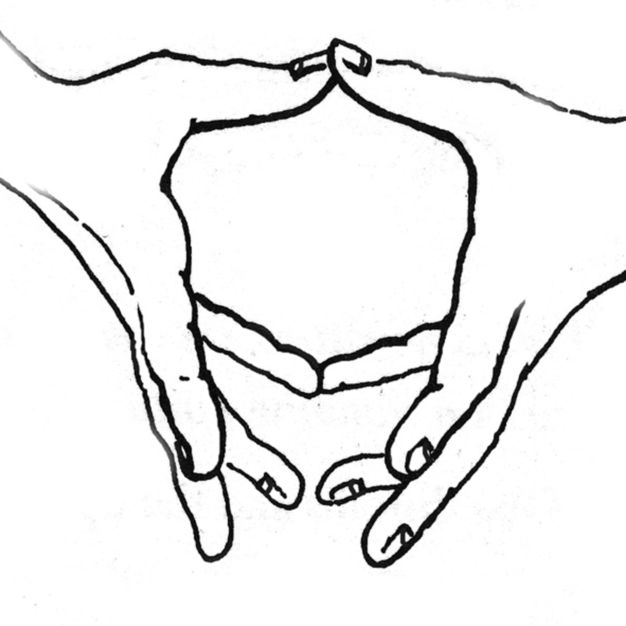 Daoist Qigong Collective
Daoist Qigong Collective
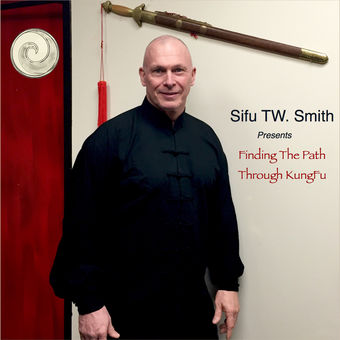 Sifu TW Smith | Finding the Path Thru KungFu
Sifu TW Smith | Finding the Path Thru KungFu
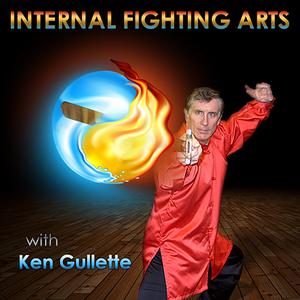 Internal Fighting Arts | Learn Real-World Martial Arts Insights from Top Instructors of Tai Chi - Xingyi - Bagua and Qiqong
Internal Fighting Arts | Learn Real-World Martial Arts Insights from Top Instructors of Tai Chi - Xingyi - Bagua and Qiqong